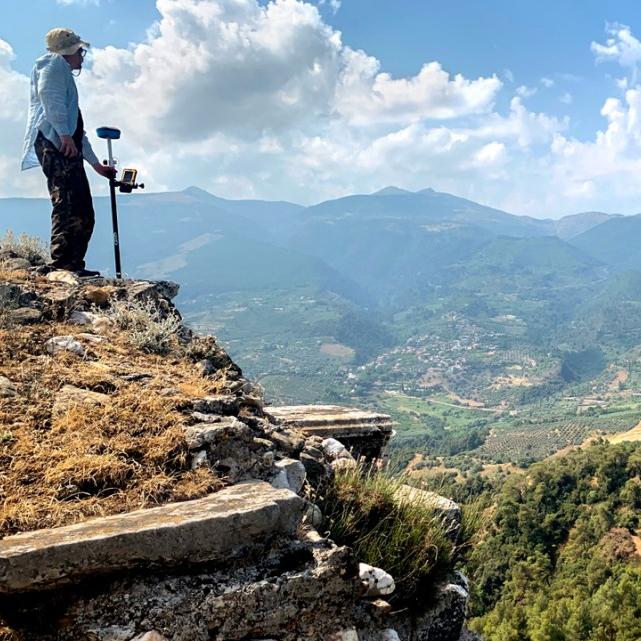
 Department Homepage
The College of Arts & Sciences
Department Homepage
The College of Arts & Sciences
Classics students create art installations on Hercules story
Student displays illustrated Hercules' fabled choice between pleasure and virtue.




